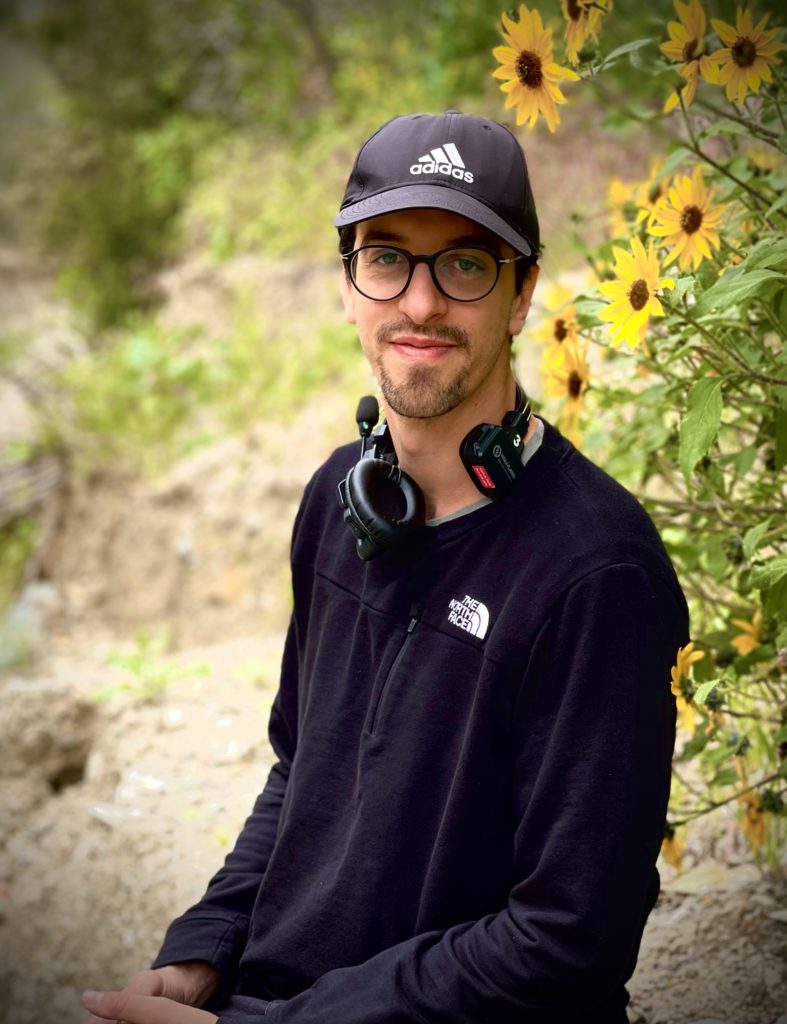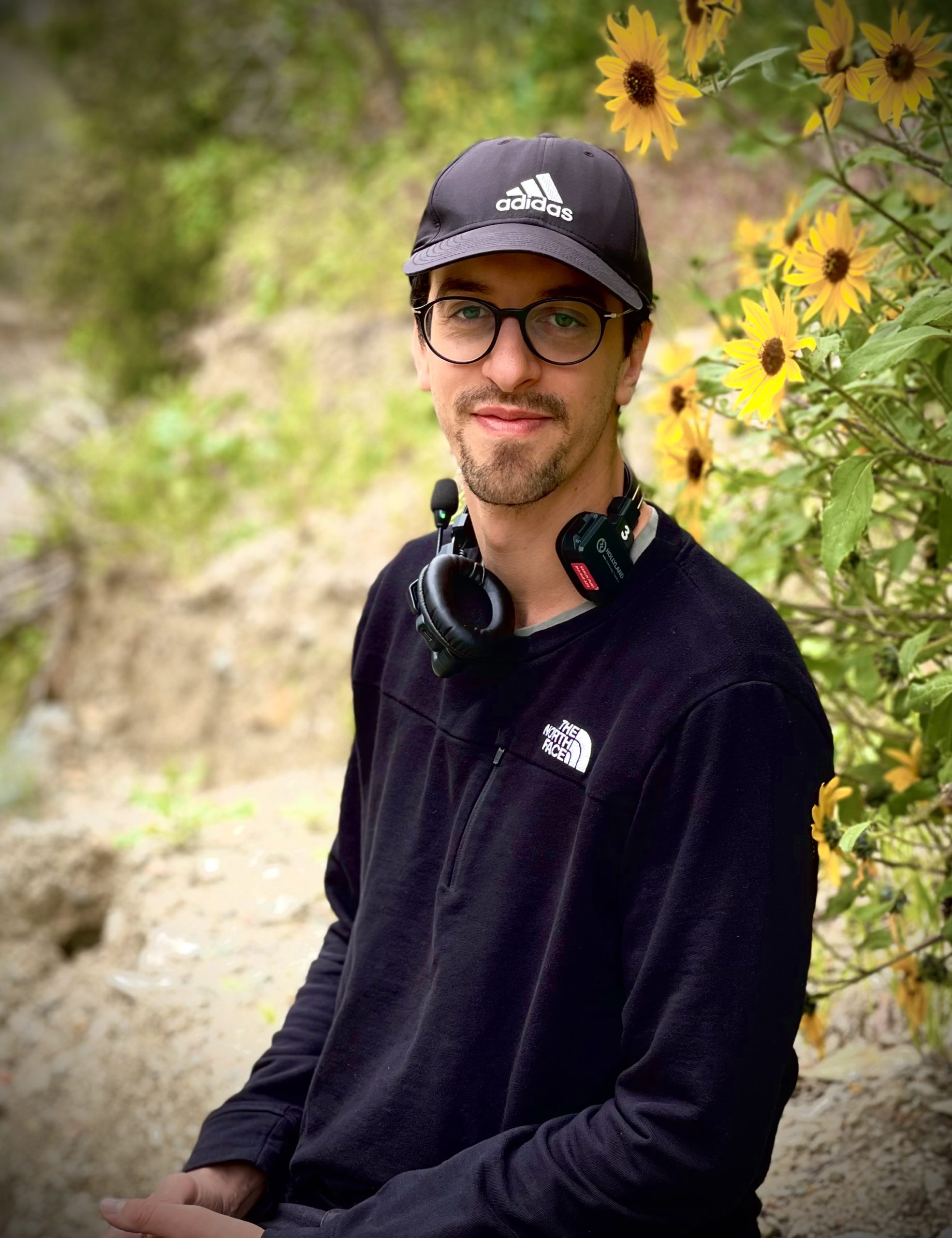
- How do you navigate the balance between your artistic vision and the practical needs of a film production?
Navigating the balance between artistic vision and practical needs requires a delicate approach that considers both creative aspirations and logistical constraints. Collaboration and communication are key. By establishing an open dialogue with the director, producers, and other key crew members, I ensure that everyone’s expectations are aligned. Throughout the production process, I remain flexible and adaptable, seeking creative solutions that honor the artistic vision while also addressing practical considerations.
- Can you share an example of a project where finding this balance was particularly challenging, and how did you approach it?
During the production of a GrubHub commercial, finding the balance between artistic vision and practical needs presented a significant challenge. The project required elaborate set designs and intricate lighting setups to achieve the desired atmospheric effects. However, tight shooting schedules necessitated careful planning and resource management.
To navigate this challenge, I collaborated closely with the production team to prioritize creative elements that were essential to the storytelling while finding cost-effective solutions for non-essential aspects. We maximized the use of practical effects and creative lighting techniques to create impactful visuals. Clear communication and a collaborative mindset were instrumental in achieving the desired creative outcome while meeting practical needs.
- What advice do you have for cinematographers on maintaining artistic integrity while meeting the expectations of producers and clients?
Maintaining artistic integrity necessitates effective communication, compromise, and a steadfast commitment to the creative vision. It’s crucial to establish clear expectations upfront, openly communicating with all parties involved to ensure alignment on goals and practical considerations. Remaining flexible and receptive to feedback allows for adaptation to meet project needs while fostering collaboration and potential creative breakthroughs. Advocating for the value of certain artistic choices while recognizing the importance of prioritizing battles wisely helps strike a balance between creative vision and practical constraints.
- How do you balance learning from others with forging your own path in cinematography?
In my opinion, it is a combination of humility, curiosity, and self-confidence. I actively seek out opportunities to learn from experienced colleagues, mentors, and industry experts, recognizing that there is always more to discover and explore in cinematography.
At the same time, I trust my own creative instincts. While I value the insights and expertise of others, I also recognize the importance of carving out my own unique approach to cinematography. By synthesizing what I learn from others with my own creative vision and personal experiences, I continually evolve as a cinematographer while staying true to my unique artistic voice.
- How do you handle criticism or feedback on your work, especially when it comes to finding a compromise between artistic vision and commercial viability?
I always approach it with an open mind and a willingness to learn and grow. Constructive criticism can offer valuable insights and perspectives that ultimately strengthen the creative process.
At the same time, I always try to defend creative choices that I believe are essential to the project’s artistic integrity. Effective communication is key in navigating these discussions, as it allows for a constructive dialogue where both artistic vision and commercial viability can be addressed. Ultimately, the goal is to find a balance that serves the project’s goals.

- Can you share insights into your decision-making process when it comes to compromising artistic choices for the success of a project?
As a Director of Photography, my decision-making process always begins with a thorough understanding of the project’s vision and objectives. I carefully analyze the script, storyboard, and discussions with the director to grasp the essence of the story and characters. While I hold strong artistic convictions, I recognize the importance of collaboration and compromise for the overall success of the project. When faced with decisions that may require compromise, I prioritize the project’s goals and the director’s vision while also considering practical constraints such as budget and schedule.
- How do you approach the collaborative process when there are conflicting creative visions on set?
Navigating conflicting creative visions on set requires diplomacy, open communication, and a willingness to compromise. As a Director of Photography, my role is to serve the director’s vision while also advocating for the visual elements that contribute to its success.
First and foremost, I seek to understand the perspectives of everyone involved, including the director, producers, and other key crew members. I actively listen to their ideas and concerns, striving to find common ground and areas of alignment.
If conflicts arise, I approach them with a solutions-oriented mindset, offering alternative suggestions and compromises that address the underlying concerns. The goal is to foster a collaborative environment where everyone feels heard and valued.
- How do you adapt to working in different cultural environments, and what challenges and benefits does this bring to collaboration?
Adapting to different cultural environments requires sensitivity, empathy, and a willingness to embrace diversity. It’s essential to approach each new setting with an open mind and a genuine curiosity about the local customs, traditions, and communication styles.
Challenges may arise due to language barriers, differing work practices, and cultural nuances that impact collaboration. However, these challenges also present opportunities for growth and learning. By actively engaging with diverse perspectives and experiences, collaboration becomes more enriching and dynamic.
- What strategies do you employ to ensure your artistic voice is heard and respected in collaborative environments?
I usually prioritize effective communication, mutual respect, and a commitment to collaboration. I establish clear lines of communication with the director and other key members from the outset of the project. I articulate my ideas and vision confidently, backed by thorough research and preparation.
I also actively listen to the perspectives of others, remaining open to feedback and constructive criticism. Collaboration is a two-way street, and fostering a culture of mutual respect and trust is essential for a successful creative partnership.
If conflicts arise, I approach them diplomatically, advocating for my artistic vision while remaining receptive to alternative viewpoints.
- How has your experience in dealing with collaborative challenges contributed to your growth as a cinematographer?
Dealing with collaborative challenges has been instrumental in my growth as a cinematographer. It has taught me the importance of effective communication, adaptability, and problem-solving.
Each challenge presents an opportunity for learning and refinement of skills. Navigating conflicts and finding solutions has honed my ability to balance artistic vision with practical considerations, ultimately strengthening my ability to tell compelling stories.
Moreover, overcoming collaborative challenges has deepened my understanding of the collaborative nature of filmmaking. Building strong relationships and fostering a spirit of collaboration are essential components of successful filmmaking, and my experiences in navigating these challenges have contributed significantly to my growth as a cinematographer.
- Can you discuss the importance of building strong relationships within the film industry, especially when balancing artistic and commercial demands?
Building strong relationships within the film industry is paramount. The industry is based on collaboration and networking, and strong relationships can open doors to opportunities, grow creative partnerships, and support career advancement.
These relationships provide a network of support and guidance, helping navigate the complexities of the industry.
Moreover, strong relationships facilitate effective communication and collaboration on set, leading to smoother production processes and higher-quality outcomes. Whether working with fellow creatives, producers, or crew members, investing in strong relationships is essential for long-term success in the film industry.
- Can you discuss your experience working on international film productions and how cultural differences influence your creative decisions?
Working on international film productions has been a rich and rewarding experience, offering insights into diverse cultures, perspectives, and storytelling traditions. Cultural differences inevitably influence creative decisions, shaping the visual aesthetic and narrative approach of each project.
These differences present both challenges and opportunities. On one hand, cultural nuances may require a deeper understanding and sensitivity to effectively communicate and collaborate with international colleagues. On the other hand, they enrich the creative process, bringing fresh perspectives and innovative ideas to the table.
Adapting to cultural differences involves flexibility, empathy, and a willingness to embrace diversity. It requires active listening, open-mindedness, and a genuine curiosity about other cultures. By embracing these differences, international collaborations can lead to truly unique and authentic experiences.

